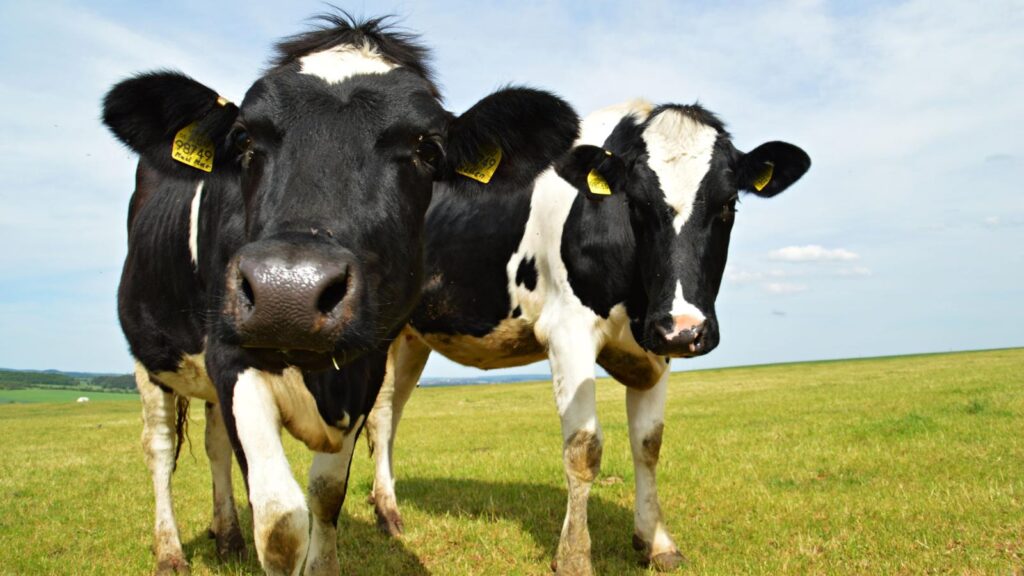
Return to December 2023 newsletter
A report on the state of the Texas dairy industry as 2023 wraps up
By Darren Turley
TAD Executive Director
The landscape is always changing in the Texas dairy industry.
Three years ago, Texas had too much milk and needed a production control program to slow milk production growth in Texas and New Mexico. Now, after Mother Nature has sent a drought that has covered Texas for the last two years, milk production has fallen. Milk pricing has been at very low levels this year, and the number of Texas dairy farms has now fallen below 300. With fewer cows, there is less milk.
There was a time when the Sulphur Springs/Hopkins County area alone had hundreds more producers than we now have statewide. Today, with the migration of Texas dairies into the Panhandle, Hartley County is the number one milk producing county, with 19% of all milk produced in Texas.
It is amazing how the milk production has moved across Texas.
Since May, Texas production has declined every month from the 2022 levels. After six months of decline, we now see an increase in the amount of milk that is sold into the Class I market or into fluid milk. Fluid milk generates a better price for dairy farmers; so, as overall milk production falls, less milk is directed to produce lower priced dairy items such as milk powder.
This shift toward higher-priced fluid milk, then, will lead to a slight increase in the price of all milk sold. This may not have a big impact, but it is a step in the right direction for dairy farmers.
In Texas, fluid milk, yogurt and ice cream is processed in the state’s metropolitan areas, so milk will continue to flow in those directions. Even more milk will move to the Texas-based grocer HEB, which has announced a $60 million expansion of its San Antonio facility – already among the largest in the Southwest – which produces a variety of dairy products.
We’ve written in this space a number of times about the need for more milk processing capacity in Texas. Panhandle milk production is now expected to be in a state of deficit as the new Cacique Foods cheese plant in Amarillo opened this year and the Leprino Cheese plant opens in 2024 in Lubbock. These new plants will require more Texas milk to stay in the Panhandle where it is produced.
New Mexico has seen an even greater fallout of dairy farms in the last two years. As a result, more Texas milk has flowed across the border to cheese and milk powder processing plants in Clovis and Roswell. Texas milk is also sent to several other nearby states to help fill their processing needs. These sales are being looked at very differently now that future production in Texas is expected to tighten.
There will not be another migration of dairy farms to Texas, but current producers are looking at in-state expansion opportunities. Some dairy farmers will expand their production as the national production control program is expected to end.
The dairy industry will grow slowly due to the supply chain pitfalls that most industries are facing. This will make any building project and procurement of equipment needed for additional animals a challenge. Robotics in the dairy barn are still being considered by many farmers as the labor market continues to tighten. These barns take time to build and are quite expensive.
All these factors will slow the ability for milk production to return to previous levels. But it will not be long before Texas production starts to climb again. Until then, Texas dairy farmers will continue to produce more than 150 million gallons of milk a month for Texans and consumers in our neighboring states to enjoy.
In closing this last newsletter article of 2023, I’d like to wish everyone Happy Holidays and Happy New Year from the Texas Association of Dairymen.


